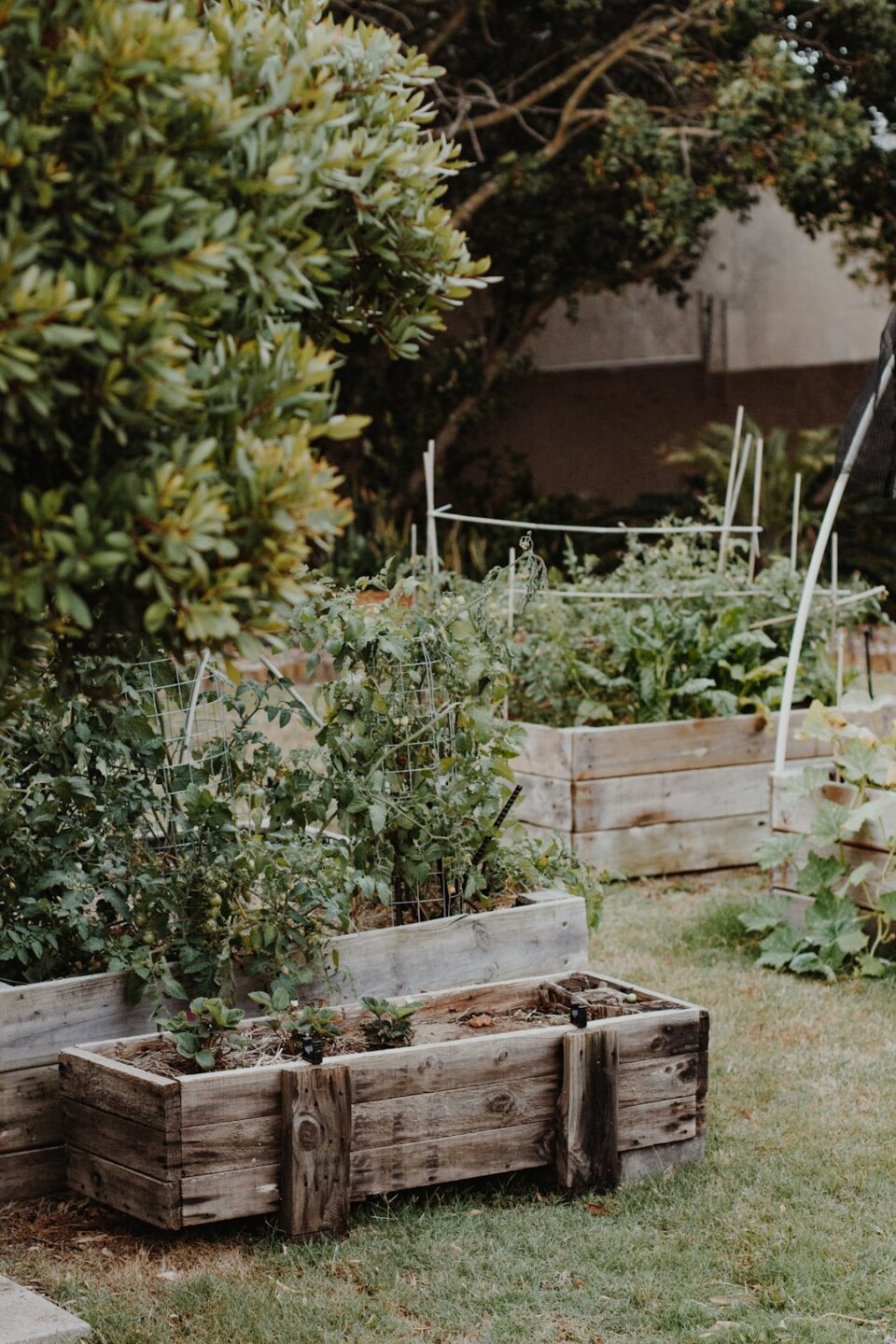In today’s world, sustainability has become a crucial concept in all aspects of life, including gardening. Creating a sustainable garden not only benefits the environment but also enhances the beauty of your outdoor space. Whether you are a seasoned gardener or a novice, implementing sustainable practices in your garden can have a positive impact on the planet and future generations. In this blog post, we will discuss some tips on how to create a sustainable garden that is both environmentally friendly and visually appealing.
1. Start with a plan
Before you begin planting, it is important to have a well-thought-out plan for your garden. Consider factors such as the layout of your garden, the types of plants you want to grow, and how much space you have available. By carefully planning your garden, you can maximize efficiency and minimize waste.
2. Choose native plants
When selecting plants for your garden, opt for native species whenever possible. Native plants are well-adapted to the local climate and soil conditions, requiring less water, fertilizer, and pesticides to thrive. They also provide habitat and food for local wildlife, helping to promote biodiversity in your garden.
3. Practice water conservation
Conserving water is essential for creating a sustainable garden. Install a rain barrel to collect rainwater for irrigation, and consider installing a drip irrigation system to deliver water directly to the roots of your plants. Mulch around your plants to retain moisture and reduce water evaporation. Additionally, group plants with similar water needs together to ensure efficient watering.
4. Compost organic waste
Instead of throwing away organic waste such as kitchen scraps and yard clippings, compost them to create nutrient-rich soil for your garden. Composting not only reduces waste sent to landfills but also improves soil health and fertility. Use compost as a natural fertilizer for your plants, eliminating the need for synthetic chemicals.
5. Avoid chemical pesticides and fertilizers
Chemical pesticides and fertilizers can harm beneficial insects, pollinators, and soil microbes in your garden. Instead, opt for natural pest control methods such as companion planting, beneficial insects, and trap crops. Use organic fertilizers such as compost, manure, and seaweed extract to feed your plants without introducing harmful chemicals into your garden.
6. Embrace biodiversity
Diverse plantings attract a wide variety of beneficial insects, pollinators, and birds to your garden, creating a balanced ecosystem. Avoid monocultures and plant a mix of flowers, herbs, vegetables, and shrubs to provide food and shelter for wildlife. Encourage biodiversity by creating habitats such as birdhouses, bee hotels, and butterfly gardens in your garden.
7. Practice crop rotation
Rotate your crops each season to prevent the buildup of pests and diseases in your garden. Planting different crops in the same location each year can deplete the soil of nutrients and promote the spread of pathogens. Rotate plants from different families to improve soil health and reduce the need for chemical interventions.
8. Use sustainable materials
When designing your garden, choose sustainable materials such as reclaimed wood, natural stone, and recycled plastic for structures and pathways. Opt for biodegradable pots and planters made from materials such as bamboo, coconut coir, or rice hulls. Reduce waste by repurposing items such as old containers, pallets, and tires for use in your garden.
9. Provide habitat for wildlife
Create a welcoming environment for beneficial insects, pollinators, birds, and other wildlife in your garden. Plant nectar-rich flowers to attract bees, butterflies, and hummingbirds, and include native plants that provide food and shelter for local wildlife. Install bird feeders, insect hotels, and bat houses to encourage biodiversity and natural pest control in your garden.
10. Educate yourself and others
Stay informed about sustainable gardening practices and share your knowledge with others in your community. Attend workshops, classes, and gardening events to learn about new techniques and technologies for creating a sustainable garden. Teach children and adults about the importance of sustainability in gardening and help inspire others to make positive changes in their own outdoor spaces.
In conclusion, creating a sustainable garden is a rewarding and fulfilling endeavor that benefits both the environment and your well-being. By following these tips and implementing sustainable practices in your garden, you can reduce your impact on the planet and contribute to a healthier, more vibrant ecosystem. Whether you have a small balcony garden or a large backyard oasis, there are many ways to create a sustainable garden that is beautiful, productive, and environmentally friendly. Let’s work together to create a greener, more sustainable future for all.

